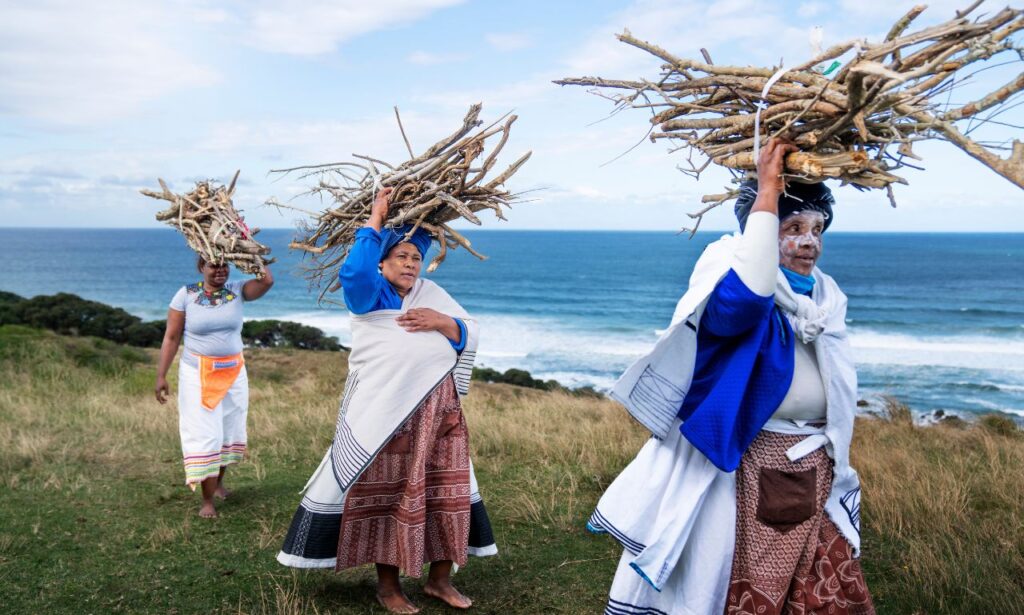Throughout history, cultures around the world have preserved traditions that celebrate music, dance, community, and heritage. Among these is the lesser-known but richly significant tradition known as tsunaihaiya. Though it may sound unfamiliar to many outside of its cultural roots, tsunaihaiya continues to thrive in regions where history, rhythm, and social bonding are intertwined.
Far from being a relic of the past, tsunaihaiya has evolved into a dynamic tradition that speaks to both cultural pride and modern creativity. In an era when people seek deeper connections to their roots, tsunaihaiya offers a vibrant example of how ancient customs can find new relevance.
Understanding the Origins of Tsunaihaiya
The roots of tsunaihaiya can be traced back to community rituals deeply connected to agricultural practices, seasonal changes, and spiritual beliefs. Originally performed to ensure bountiful harvests, protect villages from natural disasters, or honor ancestral spirits, tsunaihaiya has always been more than mere performance—it is an expression of gratitude, unity, and hope.
The name itself embodies the spirit of connection, with “tsunai” often referencing bonds or links, and “haiya” capturing the rhythmic, vocal essence of communal chant. These elements reflect the deep social and environmental harmony that tsunaihaiya embodies.
Cultural Significance of Tsunaihaiya in Traditional Societies
Traditionally, tsunaihaiya played a central role in fostering community cohesion. These ceremonies were moments where entire villages gathered—young and old, skilled and novice—to participate in dances, songs, and rituals passed down through generations. Participation wasn’t merely encouraged; it was seen as a communal duty and a source of collective strength.
Through tsunaihaiya, communities reinforced social ties, preserved historical knowledge, and celebrated the cyclical nature of life. It served as a powerful reminder that survival and prosperity depended on unity and mutual respect.
Tsunaihaiya as a Living Tradition in Modern Times
Today, tsunaihaiya is far from a static cultural artifact. Instead, it thrives as a living tradition, continually reinterpreted to suit contemporary contexts. While traditional forms persist in festivals and ceremonial gatherings, modern artists, musicians, and cultural enthusiasts are incorporating tsunaihaiya elements into new expressions.
From music compositions that remix tsunaihaiya rhythms to visual arts drawing on its motifs, this tradition is finding resonance with younger generations eager to blend heritage with innovation.
The Role of Tsunaihaiya in Music and Dance Evolution
Music and dance are at the heart of tsunaihaiya. Its characteristic rhythms—marked by call-and-response vocals, percussion, and fluid, circular movements—offer a template for creative exploration. Today’s musicians often reinterpret these rhythms through fusion genres, blending them with electronic, jazz, or world music influences.
Similarly, contemporary choreographers experiment with tsunaihaiya’s dance forms, merging traditional steps with modern styles to create performances that honor the past while speaking to the present.
Community-Led Preservation of Tsunaihaiya
Efforts to preserve tsunaihaiya are often grassroots-driven, rooted in community pride and cultural responsibility. Key preservation methods include:
-
Workshops and Classes: Teaching younger generations the songs, dances, and stories tied to tsunaihaiya.
-
Cultural Festivals: Hosting annual events that showcase authentic performances.
-
Intergenerational Mentorship: Encouraging elders to share knowledge directly with youth.
Such initiatives ensure that tsunaihaiya remains a vibrant part of community life, rather than a forgotten relic.
Festivals and Celebrations Dedicated to Tsunaihaiya
Festivals dedicated to tsunaihaiya serve as living museums of culture, bringing communities together to celebrate their heritage. These events typically feature:
-
Live Performances: Traditional dance and music in authentic settings.
-
Storytelling Sessions: Sharing myths, legends, and historical narratives tied to the practice.
-
Cultural Exhibitions: Showcasing costumes, instruments, and crafts related to tsunaihaiya.
Through these festivals, tsunaihaiya remains visible, appreciated, and relevant.
Spiritual and Environmental Connections Within Tsunaihaiya
Tsunaihaiya’s roots often lie in spiritual reverence for nature. Its songs and movements mirror natural cycles—rainfall, planting seasons, harvests—highlighting humanity’s dependence on environmental rhythms. In modern times, this aspect resonates with growing environmental awareness and sustainability efforts.
Performances may invoke blessings for environmental harmony, serving as a reminder of traditional wisdom regarding humanity’s responsibility to care for the earth.
Tsunaihaiya in Digital and Global Spaces
Technology has given tsunaihaiya a global platform. Through social media, video sharing, and streaming services, performances once limited to local festivals can now reach international audiences. This digital presence enables:
-
Cultural Exchange: Inspiring artists and audiences worldwide.
-
Educational Outreach: Providing resources for learning about tsunaihaiya’s history and practices.
-
Community Building: Connecting enthusiasts across regions and generations.
Such exposure not only preserves but also evolves the tradition.
How Tsunaihaiya Influences Contemporary Arts
Tsunohariya influence is visible in various art forms:
-
Fashion: Designers draw from traditional costumes, incorporating patterns and textures into modern collections.
-
Visual Arts: Motifs and symbols inspire paintings, sculptures, and installations.
-
Literature: Themes of community, nature, and resilience appear in contemporary writings.
These artistic expressions keep Tsunohariya relevant and continually evolving.
Educational Initiatives Supporting Tsunaihaiya
Educational institutions increasingly recognize the value of cultural heritage studies. Tsunohariya is often included in curricula focused on:
-
Musicology: Studying traditional rhythms and instruments.
-
Anthropology: Exploring societal structures and rituals.
-
Performing Arts: Practicing traditional dances and songs.
These academic efforts legitimize Tsunohariya cultural importance and ensure its transmission.
Gender Roles and Inclusivity in Tsunaihaiya Practices
Traditionally, roles within Tsunohariya performances were often gender-specific. However, contemporary interpretations increasingly challenge these norms, promoting inclusivity and equality. Modern performances welcome participants regardless of gender, reflecting broader societal shifts towards inclusivity and diversity.
This evolution ensures that Tsunohariya continues to resonate with current values while respecting its historical roots.
Youth Engagement and Tsunaihaiya’s Future
Youth participation is crucial to Tsunohariya longevity. Younger generations engage with the tradition by:
-
Joining performance groups.
-
Creating digital content.
-
Blending Tsunohariya with contemporary music and dance.
Their involvement bridges the gap between past and future, ensuring the tradition remains dynamic and alive.
The Globalization of Tsunohariya
Cultural exchange programs, collaborations, and global festivals have introduced Tsunohariya to international audiences. Its universal themes of unity, respect for nature, and community resilience resonate globally, fostering cross-cultural appreciation and understanding.
Such globalization elevates Tsunohariya beyond regional heritage to a shared symbol of human creativity and connection.
Challenges Facing the Preservation of Tsunohariya
Despite its strengths, Tsunohariya faces challenges, including:
-
Commercialization: Risk of performances losing authenticity for entertainment’s sake.
-
Urbanization: Disconnection from rural roots where traditions originated.
-
Generational Shifts: Competing interests drawing youth away from heritage practices.
Addressing these challenges requires thoughtful strategies balancing tradition with modern relevance.
Tsunaihaiya and Environmental Awareness Movements
The ecological consciousness inherent in Tsunohariya aligns it with modern environmental movements. Themes of balance, respect for nature, and sustainability found in its performances offer valuable perspectives in today’s climate conversations, making Tsunohariya a cultural ally in promoting environmental stewardship.
Conclusion
Tsunaihaiya embodies the enduring power of cultural tradition to unite, inspire, and adapt. Rooted in ancient practices yet evolving through modern creativity, it serves as a bridge between generations, a celebration of heritage, and a living example of humanity’s connection to nature and community. As it continues to grow and adapt, Tsunohariya offers timeless lessons in resilience, creativity, and the beauty of shared cultural expression.






